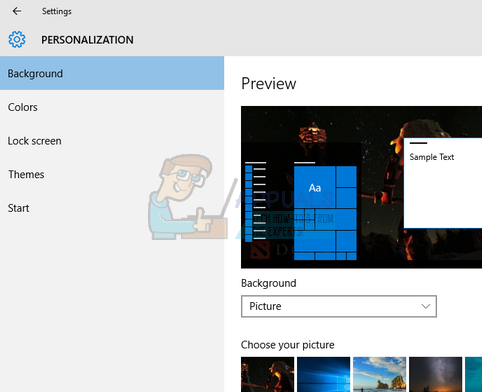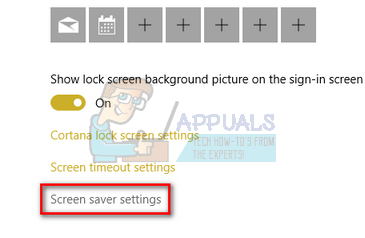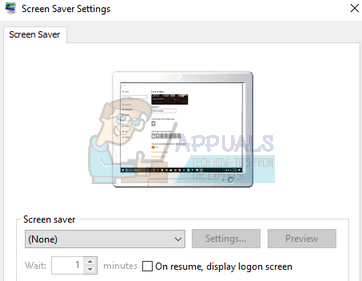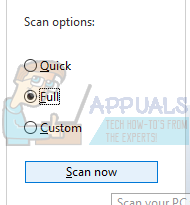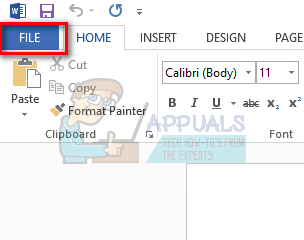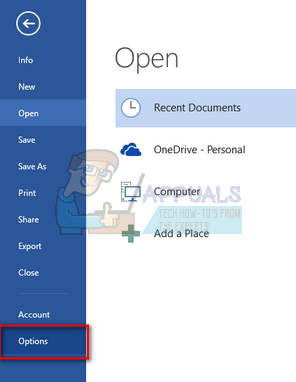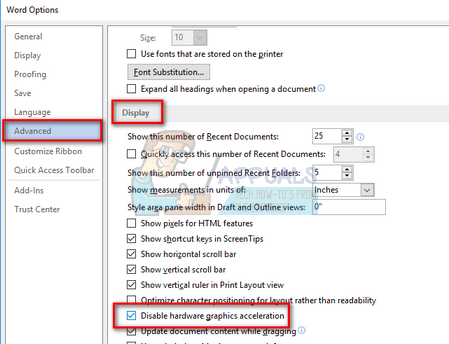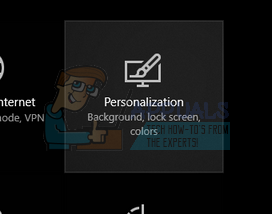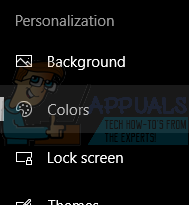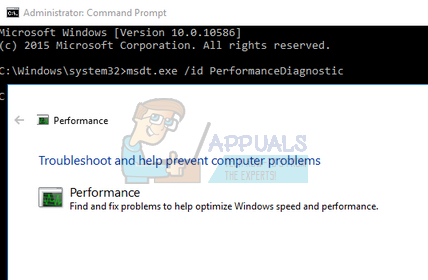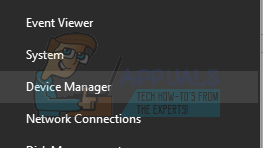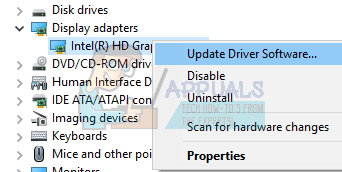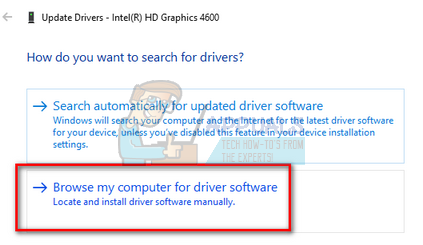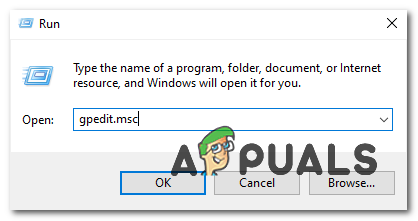However, many users reported that they experienced high CPU usage from the service itself. This can be due to a number of different as each computer has a different configuration and it is very difficult to exactly create the same conditions each time. We have listed down a number of different workarounds for you to try. Take a look.
Solution 1: Changing Wallpaper/Theme
Since desktop window manager is responsible for managing your wallpaper and theme, it is possible that your current settings are causing the service to consume so many resources. We can try changing the current wallpaper or theme and check if this solves anything.
Solution 2: Disabling Screensaver
Desktop Windows Manager is also responsible for managing your screensavers. Since the creators update, there are many reports that the screensaver causes extreme high CPU usage due to unknown circumstances at the moment. If your screen saver is activated, try deactivating it and check if this brings any difference to our problem.
Solution 3: Scanning for Malware
Sometimes, this unusual behavior is caused by malware or virus present on your machine. They may have special scripts which run in the background which can be extracting your data or making changes to the settings. Scan your computer using your antivirus utility and ensure that your PC is clean. If you don’t have any specific antivirus utility installed, you can use the Windows Defender utility and scan.
Solution 4: Removing Specific Applications
If all the above solutions didn’t work for you, we can try removing some specific programs. After surveying and reviewing a lot of cases, we determined that there were several applications which seemed to be causing the problem. Some of them are SetPoint, OneDrive etc. Also, try stopping or temporarily disabling your current antivirus utility and check the CPU usage. Look for programs which are interacting with your desktop and diagnose accordingly.
Solution 5: Disabling Hardware Acceleration for Office Products
Another workaround which worked prominently for various users was disabling the hardware acceleration for Microsoft Office products installed on your computer. Hardware acceleration is the use of computer hardware to perform some functions more efficiently as compared to its software solution.
Solution 6: Changing Default App Mode
This is the new feature introduced by Microsoft in Fall Creators Update 1709. There are two modes available to you; Light and Dark. By default, the mode is set to Light. If you have changed to the dark mode, you should revert back to the light one. This is known to be one of the causes for the high CPU usage under discussion.
Solution 7: Running the Performance Troubleshooter
Before we move on to updating the graphics drivers on your computer, we can run the Performance Troubleshooter. This troubleshooter will automatically detect anomalies regarding the speed and performance of your Windows and take actions accordingly. Make sure you are logged in as an administrator to carry out this solution.
Solution 8: Updating Graphics Driver
If all the above solutions don’t produce any improvement, we can try updating your graphics drivers. Graphics hardware is responsible for visual representations on your computer. If the drivers are outdated or corrupted, they can be causing the high CPU usage. Navigate to your manufacturer’s website and download the drivers to an accessible location. Note: Other than installing the latest drivers, you should also try rolling them back to a previous build.
Another way to launch the device manager is by pressing Windows + R to launch the Run application and typing “devmgmt.msc”.
Solution 9: Changing a Policy in Group Policy Editor
If you are getting this issue when you are trying to use remote display protocol (RDP) you can try this fix to get your problem resolved. Follow these steps:-
Fix: High GPU Usage By Client Server Runtime and Desktop Window ManagerHow to Fix High CPU and Memory Usage By csrss.exeFix: High CPU Usage by OneDrive ‘OneDrive.exe’Fix: dasHost.exe High CPU and Memory Usage


